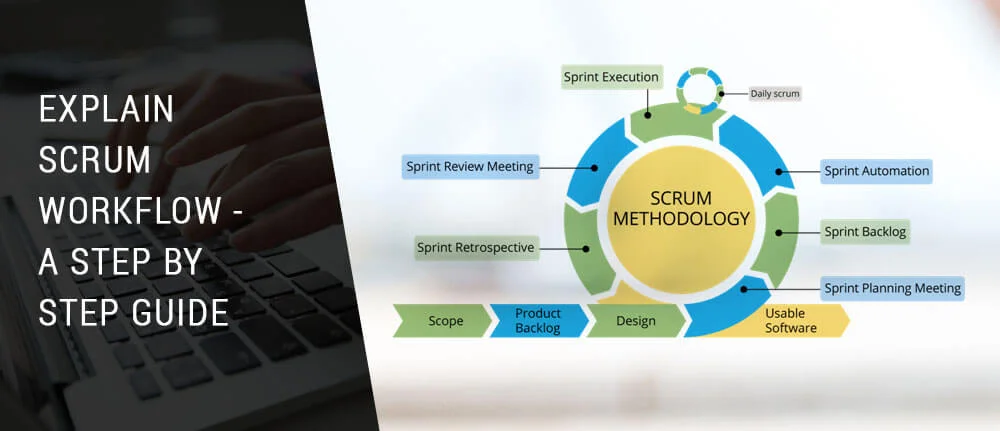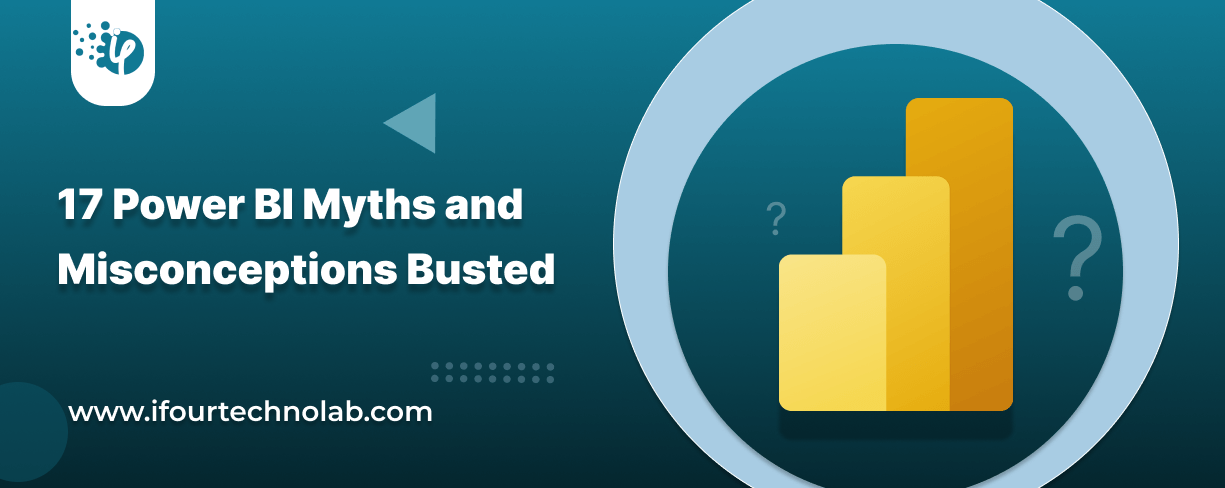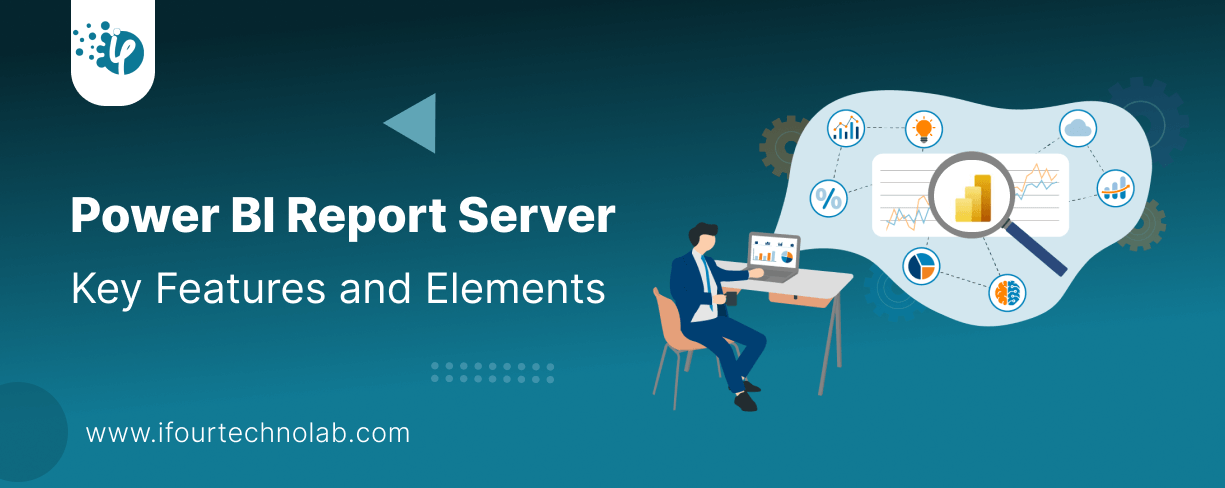How to Do Forecasting in Power BI (Steps & Accuracy Metrics)
Remember our last guide - Power BI forecasting? It revealed things that truly blocks accuracy, both structural and situational. Now it's time to take the next step. Knowing Power...
Listening is fun too.
Straighten your back and cherish with coffee - PLAY !

Every organization requires selecting the correct work process for their project execution and deliveries. Without proper planning and process, it is very sure that the team will collide and work will get affected. Software teams go into deep pressure while working as they have pressure directly or indirectly from every layer of hierarchy and to meet the project deadline.
Many companies for their bagged projects choose traditional approaches such as the Waterfall Model and start rushing towards the project deadline. Due to in-consistent and less interaction with the client, the uncertainty of project success is more with this model.
As required Agile Methodology introduced to overcome issues of the Waterfall Model. Agile methodology can be used in any type of organization but more popular in software companies. According to research by Project Management Institute, almost three-quarters i.e. 71% of organizations report using Agile approaches.
There are various frameworks such as KanBan, Agile, XP and much more which have their patterns/ways to implement Agile methodology in the organization. Scrum is a very popular framework to implement Agile in Software development.
All scrum Artifacts should be transparent to stakeholders
All roles are empowered to do their job correctly.
In Scrum workflow, the process is constantly adjusted (if required) based on the short or continuous feedback loops.
All the Scrum meeting allows collaboration and opportunities for inspection and adaptation.
It is based on special experiments and it is suitable when output is not well defined.
The steps in the process are adjusted based on the feedback received from the experiments.
All the stakeholders must accept these three legs of the Empirical Process i.e. Transparency, Inspection, Adaptation.
Scrum is a very easy process Framework. In software development, stakeholders are key to success. In the traditional Project Management approach, PM, Team Leader, Developers, Designers, Testers, Clients are key roles.
Roles in Scrum Framework: It has 3 roles such as Product Owner, Scrum Master, and Scrum development team
Scrum Master works for the Scrum team and process champion. He must be a good listener. It ensures that the team adheres to Scrum theory and policies. It facilitates all custom software development team meetings as requested and required.
It teaches Scrum to the team members and organization.
Responsible for building the product rapidly by eradicating the waste.
Ensure a healthy and good environment among Scrum Team.
Helps Product Owner to prioritize their work and helps to understand the product planning, need and dependencies of tasks.
Coach Agile methodology principles for the whole team.
Identifies impediments that are blocking progress and resolve them as fast as possible.
Scrum Master who facilitates the group who are meeting to a common goal and such Scrum Master known as ‘Facilitator’. The Facilitator doesn’t stand in front of the group and lecture like a traditional Project Manager and he is an unbiased member of the learning process.
Scrum Master facilitates Scrum meetings ceremonies on agreed agendas.
Assist in resource planning and motivate resources and also help the group in brainstorming and problem-solving.
The Product Owner is the only person who has the responsibility to maximize the value of the product and work of the team.
Creates the Product vision.
Creating and managing Product Backlog with stakeholders in the Sprint review meeting. Attend the meetings as well.
Sprint Planning, Sprint Review, Sprint Retrospective and support team estimate by clarifying queries.
Responsible for deciding whether to release the increments of the product at the end of the sprint and tract the sprint.
The size of Scrum development is 3- 9. Teams are less than 3 are too small to call Team and more than 9 is too big to self-organize. Development Teams are Cross-functional and have all the skills required to deliver product increments. The team may consist designer, developer, database developer etc. to have less dependency on the third party. The main common goal of the team is to deliver the increments of the product.
Step 1: Product Backlog Creation
It is an ordered list of all the tasks they are important to complete the Product. The Product Owner is responsible for Product backlog which includes content, ordering/prioritizing etc. Items/Tasks are listed in Product Backlog are called ‘Product Backlog Items (PBI)’.
Each PBI would have:
Description: Details of all Items.
Value: business value a particular item would have.
Estimate: Estimate/efforts to build this item.
Order: Priority must be assigned in a list to the item.
Step2: Sprint Backlog and planning
The Sprint backlog is the heart of Scrum, a time-box of the sprint is 1-4 weeks. A new Sprint immediately starts after the conclusion or completion of the previous Sprint.
Step 3. Working on the Sprint and Scrum Meetings
Sprint consists of:
Daily Scrum meeting (Daily 15 Minutes)
Project Development work
Sprint Review meeting (Time-Box: 2 hours for 2 Weeks Sprint)
Step 4. Testing and Product Demonstration
The result of each sprint is a product demonstration. The Scrum team builds a review and demonstrates the results of their project work. On this basis, the stakeholders take the essential decision about further project modifications.
Agile methodology with Scrum framework significantly boosts the project management process and assists stakeholders with regular updates.

Remember our last guide - Power BI forecasting? It revealed things that truly blocks accuracy, both structural and situational. Now it's time to take the next step. Knowing Power...

Did you know that 70% of CTOs (Chief Technology Officers) hesitate to adopt Microsoft Power BI because of its myths and misconceptions that float around. What they fail to see is...

Every CTO knows the struggle of managing complex reports. The inefficiency of scattered data, the constant juggling between reporting tools, the challenge of ensuring accurate KPIs...